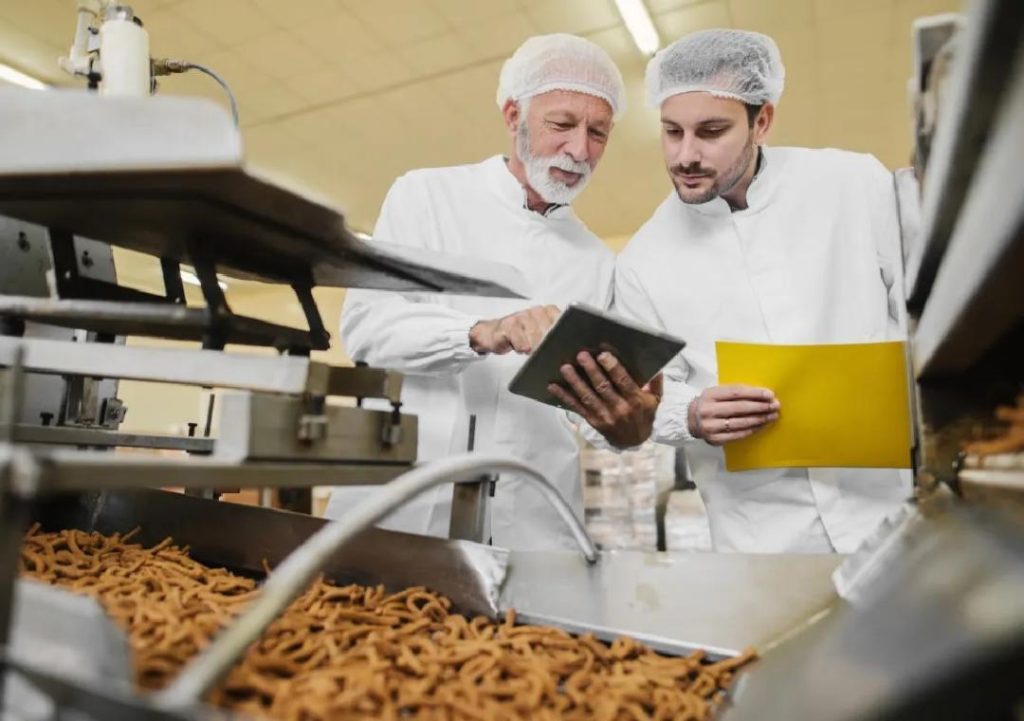
Can P&L Optimisation Redefine Success in Food Technology?
The food technology industry is undergoing a significant transformation, driven by the need for greater efficiency, reduced waste, and improved profitability. One key area where companies are achieving success is through the optimisation of their profit and loss (P&L) operations. By streamlining these operations with automation, smart inventory systems, and data analytics, food tech companies are cutting waste, sharpening demand forecasting, and making better decisions.
In this blog post, we’ll explore the importance of P&L optimisation in the food technology industry, and how it can redefine success for businesses in this sector.
The Challenges of Food Technology
The food technology industry is a complex and dynamic environment, with a wide range of challenges that can impact profitability. From supply chain disruptions to inventory management issues, there are many potential pitfalls that can trip up even the best-run businesses.
One of the biggest challenges facing food tech companies is the need to balance production volumes with demand. With the rise of e-commerce and online ordering, consumers are increasingly demanding fresh and high-quality products, which can be difficult to scale up quickly. At the same time, food waste is a major concern, with an estimated one-third of all food produced globally being lost or wasted.
To address these challenges, food tech companies are turning to P&L optimisation as a key strategy for improving profitability.
The Benefits of P&L Optimisation
P&L optimisation is the process of streamlining and improving the profitability of a business by reducing costs, improving efficiency, and increasing revenue. In the food technology industry, this can involve a range of strategies, including:
- Automation: By automating key processes such as inventory management and supply chain logistics, food tech companies can reduce waste, improve efficiency, and lower costs.
- Smart Inventory Systems: Implementing smart inventory systems can help food tech companies better manage inventory levels, reduce waste, and improve demand forecasting.
- Data Analytics: Using data analytics to track sales, inventory, and production levels can help food tech companies identify areas for improvement and make better decisions.
- Scalable Models: By adopting scalable models, food tech companies can increase production capacity, reduce costs, and improve profitability.
The benefits of P&L optimisation in the food technology industry are numerous. By streamlining operations and improving efficiency, food tech companies can:
- Reduce waste and improve profitability
- Improve demand forecasting and reduce stockouts
- Make better decisions and reduce uncertainty
- Increase production capacity and reduce costs
- Stay competitive in the market
Real-World Examples of P&L Optimisation in Food Technology
Several food technology companies are already achieving success through P&L optimisation. For example:
- Farmigo, a farm-to-table grocery delivery service, uses data analytics to track sales and inventory levels, and automates its supply chain logistics to reduce waste and improve efficiency.
- GoodFruit, a fresh produce distributor, uses smart inventory systems to manage its inventory levels and reduce waste. The company has seen a significant reduction in waste and an improvement in profitability as a result.
- FoodCloud, a food rescue organisation, uses data analytics to track food donations and reduce food waste. The company has seen a significant increase in donations and a reduction in waste as a result of its P&L optimisation efforts.
Best Practices for P&L Optimisation in Food Technology
While P&L optimisation is a critical strategy for food tech companies, it’s not a one-size-fits-all approach. Here are some best practices to consider:
- Start with a clear understanding of your business goals and objectives
- Identify areas for improvement and prioritise your efforts
- Implement automation and smart inventory systems to streamline operations
- Use data analytics to track sales, inventory, and production levels
- Adopt scalable models to increase production capacity and reduce costs
- Continuously monitor and evaluate your P&L operations to identify areas for improvement
Conclusion
P&L optimisation is a critical strategy for food technology companies seeking to improve profitability and stay competitive in the market. By streamlining operations, improving efficiency, and reducing waste, food tech companies can achieve significant benefits, including improved profitability, better demand forecasting, and more informed decision-making.
As the food technology industry continues to evolve and grow, P&L optimisation will play an increasingly important role in helping companies achieve success. By adopting scalable models, implementing automation and smart inventory systems, and using data analytics to track sales and inventory levels, food tech companies can redefine success and achieve long-term sustainability.
Source:
https://www.growthjockey.com/blogs/p-and-l-operations-in-food-tech






